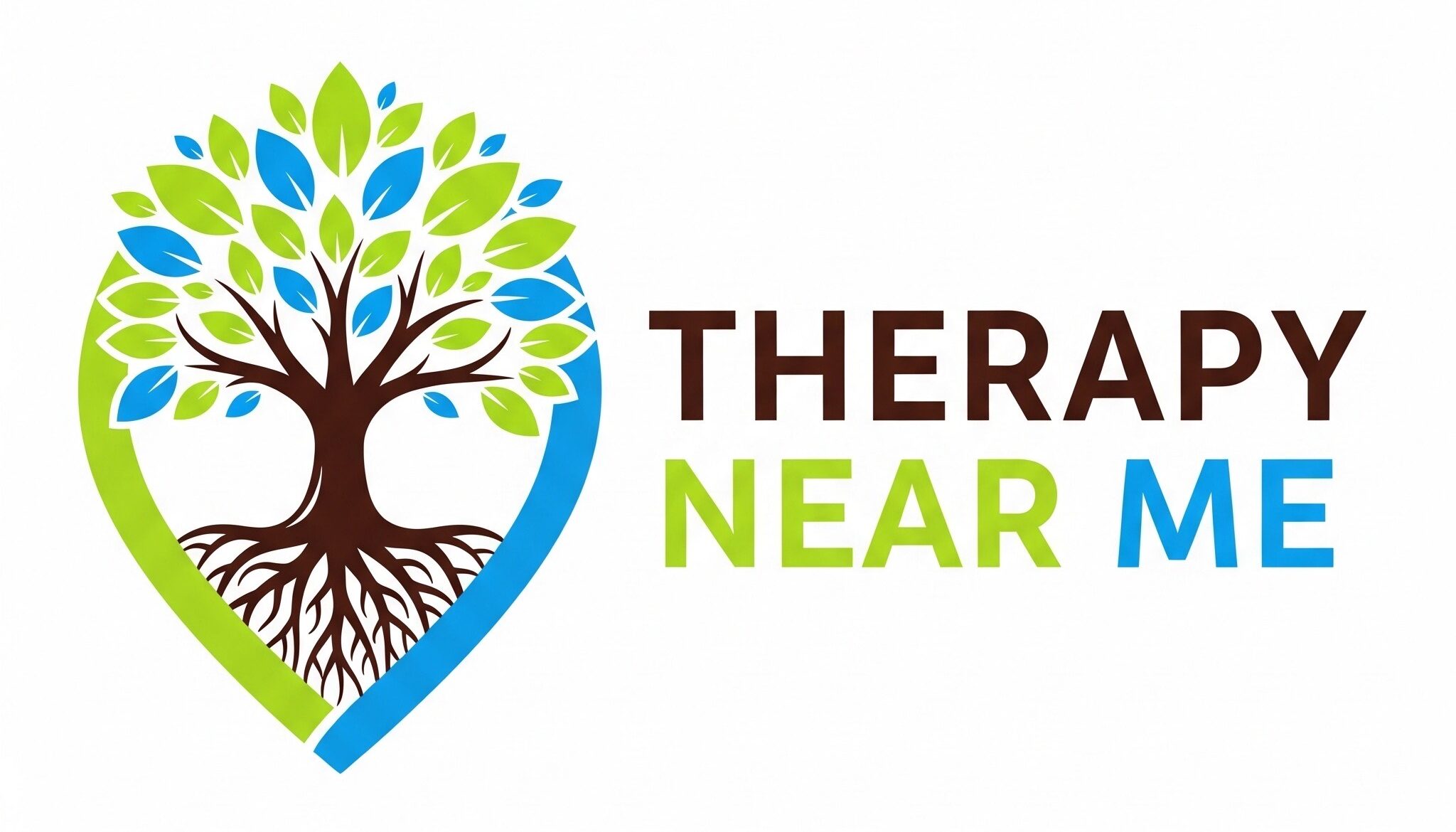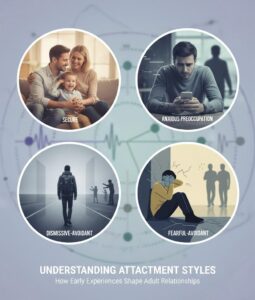Our bodies and minds have evolved intricate systems to respond to danger. Historically, many of us have heard about the “fight or flight” response—a physiological reaction that prepares us to confront or escape threats. Increasingly, however, mental health professionals emphasise two additional responses, often overlooked in mainstream discussions: freeze and fawn (Van der Kolk, 2014; Levine, 2010). These reactions are just as vital to our survival and well-being, especially when grappling with trauma or acute stress.
Below, we explore each of these four crisis responses—fight, flight, freeze, and fawn—delving into the biological processes involved, the psychological implications, and approaches to managing them in healthy ways.
Keywords: Fight or flight response, Freeze response, Fawn response, Crisis responses, Trauma and PTSD, Stress reaction, Sympathetic nervous system
1. Fight: Confronting the Threat
When you perceive a threat, your body may mobilise you to fight. This response is closely associated with the sympathetic nervous system, which floods your system with adrenaline, increasing heart rate, blood pressure, and alertness (Porges, 2011).
Characteristics of fight include:
- Feeling a surge of anger or aggression.
- Tensing of muscles, clenched fists, and a readiness to confront.
- Racing thoughts focusing on eliminating or reducing the threat.
When Fight Becomes Problematic
- Chronic anger or irritability can emerge if the sympathetic nervous system is hyperactive (Van der Kolk, 2014).
- Misinterpretation of innocuous situations as threats can lead to excessive aggression.
2. Flight: Escaping from Danger
Flight manifests as an instinct to run or distance yourself from the perceived danger. Much like fight, flight is also driven by the sympathetic nervous system’s activation. The body gears up to move quickly and efficiently away from harm.
Characteristics of flight include:
- Feeling anxious, restless, or an overwhelming urge to leave.
- Rapid breathing, elevated heart rate, and heightened senses.
- Constant scanning of the environment for escape routes.
When Flight Becomes Problematic
- Continual avoidance of stressors—such as evading difficult conversations or environments—can hinder personal growth and mental health (Levine, 2010).
- Persistent anxiety and hypervigilance may result, leaving individuals unable to relax or engage fully with others.
3. Freeze: The Overlooked Third Response
Freeze occurs when neither fight nor flight seems feasible, or when the threat is so overwhelming that the body becomes immobile. This response can be understood as a “shutdown” of sorts, often linked to the parasympathetic branch of the autonomic nervous system (Porges, 2011). While it can be adaptive in life-threatening scenarios—such as when an animal plays dead to avoid a predator—it can also manifest in humans facing severe trauma or stress.
Characteristics of freeze include:
- Feeling paralysed or numb, unable to move or speak.
- A sense of disconnection from the environment or dissociation (Van der Kolk, 2014).
- Racing thoughts interspersed with an inability to act.
When Freeze Becomes Problematic
- Long-term difficulties in decision-making, motivation, or emotional expression can develop if freeze becomes a default response (Levine, 2010).
- Feelings of helplessness and shame may arise if individuals perceive their immobilisation as a personal failure rather than an autonomic response.
4. Fawn: The Second “Forgotten” Response
Fawn, sometimes referred to as appease or submit, is a more recently recognised response pattern. Fawn behaviour emerges when a person attempts to placate or please a perceived threat to de-escalate tension (Walker, 2013). This reaction can be deeply rooted in childhood experiences, such as growing up in unpredictable or abusive environments, where compliance and people-pleasing become survival tactics.
Characteristics of fawn include:
- Excessive people-pleasing, even if it compromises personal needs or values.
- Difficulty setting or maintaining boundaries.
- A heightened sensitivity to others’ emotional states, often leading to self-blame or over-accommodation.
When Fawn Becomes Problematic
- Chronic self-sacrifice can result in burnout, anxiety, and resentment (Walker, 2013).
- Individuals may lose their sense of identity if they habitually prioritise others’ needs over their own.
The Biology Behind the Responses
Each of these four responses—fight, flight, freeze, and fawn—originates in the autonomic nervous system, which governs involuntary bodily functions like heart rate, digestion, and respiration (Porges, 2011).
Sympathetic Nervous System (SNS):
- Activates fight and flight.
- Releases adrenaline and cortisol, heightening alertness and energy.
Parasympathetic Nervous System (PNS):
- Helps us rest and digest; in extreme fear, can lead to freeze.
- Slows the heart rate, reduces stress hormones.
Fawn as a Learned Response:
- While not strictly tied to SNS or PNS activation alone, fawn is often a complex behavioural strategy linked to a combination of survival instincts, social conditioning, and trauma history (Walker, 2013).
Psychological and Social Implications
Trauma and PTSD:
- Individuals who have survived abuse, assault, or conflict may experience an overreliance on any of these responses, leading to issues like post-traumatic stress disorder (PTSD) (Van der Kolk, 2014).
Relationships:
- Those prone to fight might struggle with conflict resolution, while those inclined to fawn may find boundary-setting and assertiveness challenging.
- Freeze can complicate communication and decision-making within intimate or professional relationships.
Self-Esteem and Identity:
- Repeatedly defaulting to one response—especially freeze or fawn—can contribute to feelings of powerlessness, low self-esteem, or loss of personal agency (Levine, 2010).
Physical Health:
- Chronic fight or flight activation has been linked to cardiovascular issues, sleep disturbances, and weakened immune function due to sustained cortisol release (Porges, 2011).
Managing and Healing
1. Psychoeducation and Awareness
Learning about the four responses helps individuals recognise their default patterns. Awareness is the first step in responding more adaptively under stress (Walker, 2013).
- Trauma-Focused Therapies: Modalities such as Eye Movement Desensitisation and Reprocessing (EMDR), Somatic Experiencing, and Trauma-Focused CBT target the root causes of these stress responses (Van der Kolk, 2014).
- Dialectical Behaviour Therapy (DBT) or Cognitive Behavioural Therapy (CBT) can assist in developing emotional regulation and boundary-setting skills (Levine, 2010).
3. Somatic Techniques
- Breathwork, yoga, and mindfulness help calm the sympathetic nervous system and increase awareness of bodily cues (Porges, 2011).
- Grounding exercises can counteract dissociative freeze responses and reorient individuals to the present moment.
4. Healthy Boundaries
- For those who default to fawn, practising assertiveness can reduce resentment and foster more balanced relationships (Walker, 2013).
- Learning to say “no” and prioritise self-care can help break the cycle of people-pleasing.
5. Professional Advice
- Consulting a psychologist, counsellor, or mental health professional can help tailor strategies for each individual’s unique life circumstances.
- Long-term support can aid in transforming entrenched behavioural patterns into healthier coping mechanisms.
Conclusion
“Fight or flight” is only part of the story when it comes to understanding how humans react to danger. Freeze and fawn—the “forgotten two” crisis responses—offer equally critical insights into how our brains and bodies cope with threat. Recognising and validating these four responses can deepen self-awareness, improve mental health, and foster more compassionate interpersonal relationships.
By learning about the physiological underpinnings and psychological impacts of fight, flight, freeze, and fawn, individuals can better navigate stressful situations, heal from past trauma, and cultivate resilience. With the support of evidence-based therapeutic approaches, it becomes possible to harness these instinctive reactions in ways that serve personal growth and emotional well-being.
References
- Levine, P. (2010) In an Unspoken Voice: How the Body Releases Trauma and Restores Goodness. Berkeley, CA: North Atlantic Books.
- Porges, S.W. (2011) The Polyvagal Theory: Neurophysiological Foundations of Emotions, Attachment, Communication, Self-Regulation. New York: W.W. Norton & Company.
- Van der Kolk, B. (2014) The Body Keeps the Score: Brain, Mind, and Body in the Healing of Trauma. New York: Viking.
- Walker, P. (2013) Complex PTSD: From Surviving to Thriving. CreateSpace Independent Publishing.
Enjoyed Our Free Daily Mental Health Articles?
If you find value in our insights and resources, we’d love to hear from you! Please consider visiting our Google Business Profile nearest to your location and leaving a review. Your feedback not only helps us improve but also allows us to continue providing free, high-quality mental health articles to support your wellbeing every day. Thank you for your support!
How to get in touch
If you or your NDIS participant need immediate mental healthcare assistance, feel free to get in contact with us on 1800 NEAR ME – admin@therapynearme.com.au.







